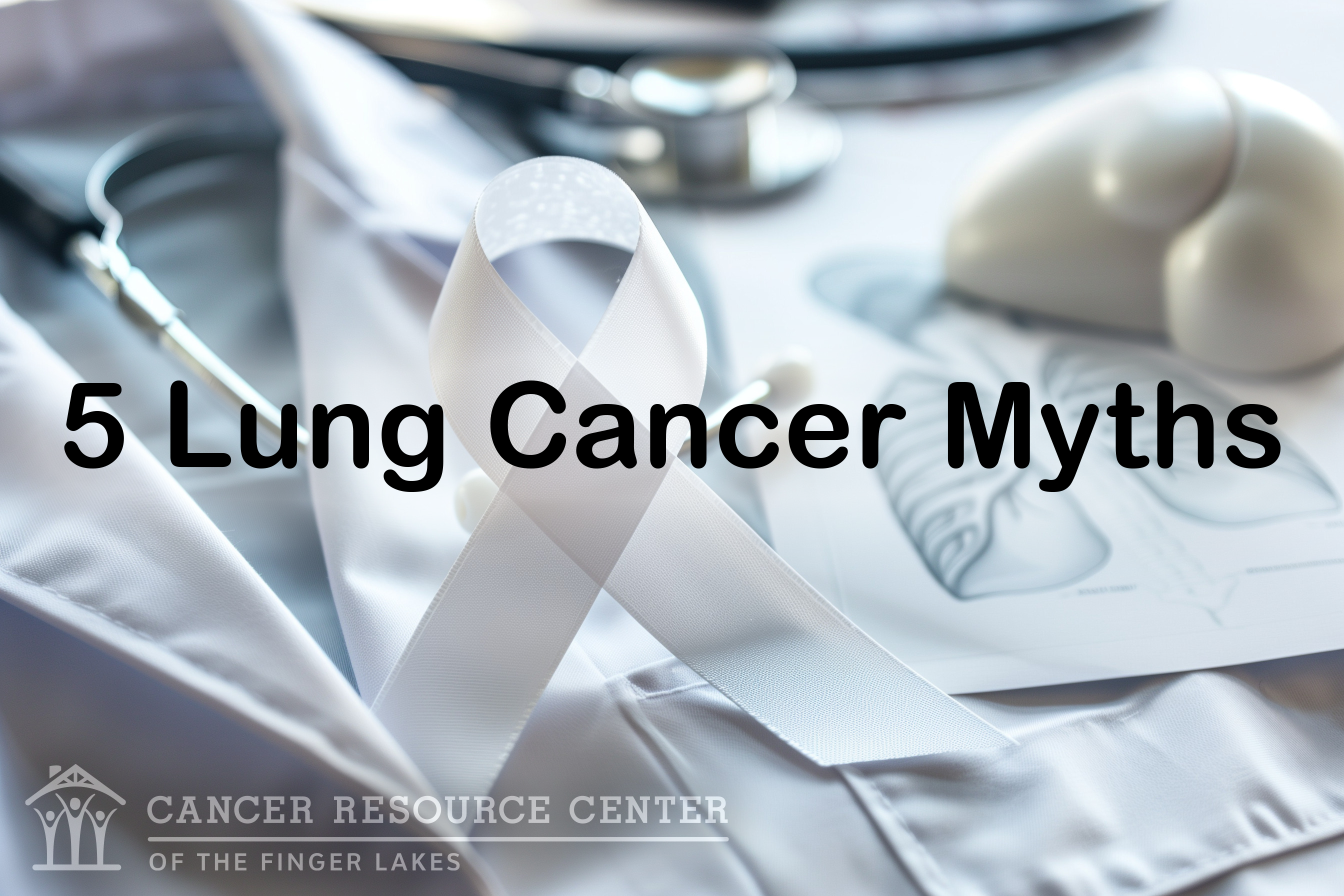The following information about head & neck cancers is taken from the National Cancer Institute.
Head & neck cancers account for approximately 4% of cancer diagnosis. Head & neck cancers are more often diagnosed in men, and in adults over the age of 50.
Cancers known collectively as head & neck usually begin in the cells that line the moist and mucosal areas inside of the head and neck known as squamous cells. These cancers are categorized by the area where they begin. The following areas are the regions of the head & neck where cancer can be found:
Oral cavity: Includes the lips, the front two-thirds of the tongue, the gums, the lining inside the cheeks and lips, the floor (bottom) of the mouth under the tongue, the hard palate (bony top of the mouth), and the small area of the gum behind the wisdom teeth.
Pharynx: The pharynx (throat) is a hollow tube about 5 inches long that starts behind the nose and leads to the esophagus. It has three parts: the nasopharynx (the upper part of the pharynx, behind the nose); the oropharynx (the middle part of the pharynx, including the soft palate [the back of the mouth], the base of the tongue, and the tonsils); the hypopharynx (the lower part of the pharynx).
Larynx: The larynx, also called the voicebox, is a short passageway formed by cartilage just below the pharynx in the neck. The larynx contains the vocal cords. It also has a small piece of tissue, called the epiglottis, which moves to cover the larynx to prevent food from entering the air passages.
Paranasal sinuses and nasal cavity: The paranasal sinuses are small hollow spaces in the bones of the head surrounding the nose. The nasal cavity is the hollow space inside the nose.
Salivary glands: The major salivary glands are in the floor of the mouth and near the jawbone. The salivary glands produce saliva.
The symptoms of head & neck cancers may include a lump or a sore that does not heal, a sore throat that does not go away, difficulty in swallowing, and a change or hoarseness in the voice. These symptoms may also be caused by other, less serious conditions. It is important to check with a doctor or dentist about any of these symptoms.
Significant risk factors for head & neck cancers include:
- Alcohol and tobacco use
- HPV Infection
- Other risk factors for head and neck cancers are listed here.
The treatment plan for an individual patient depends on a number of factors, including the exact location of the tumor, the stage of the cancer, and the person’s age and general health. Treatment for head and neck cancer can include surgery, radiation therapy, chemotherapy, targeted therapy, or a combination of treatments. More treatment descriptions can be found here, based on the specific type of head & neck cancer diagnosis.
For more information about head & neck cancers, visit:





